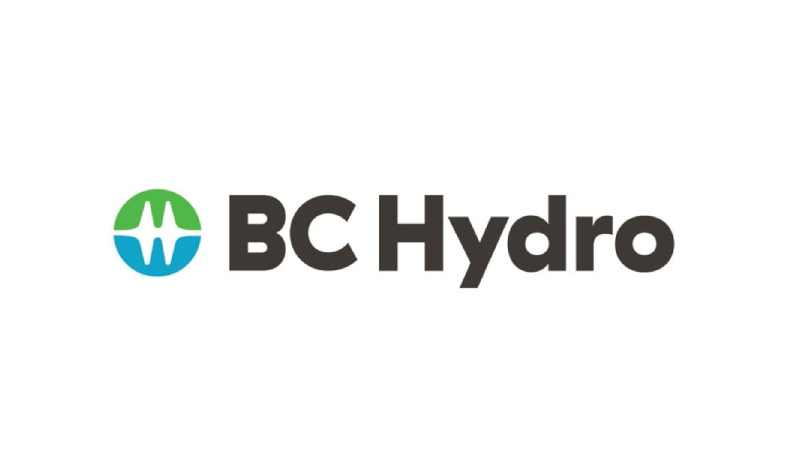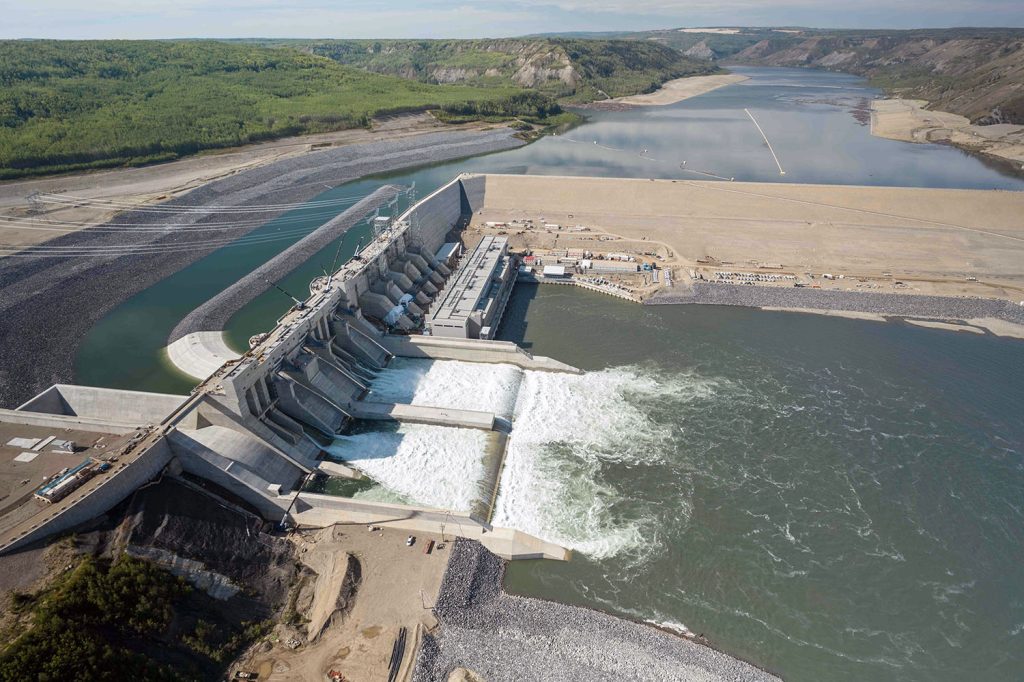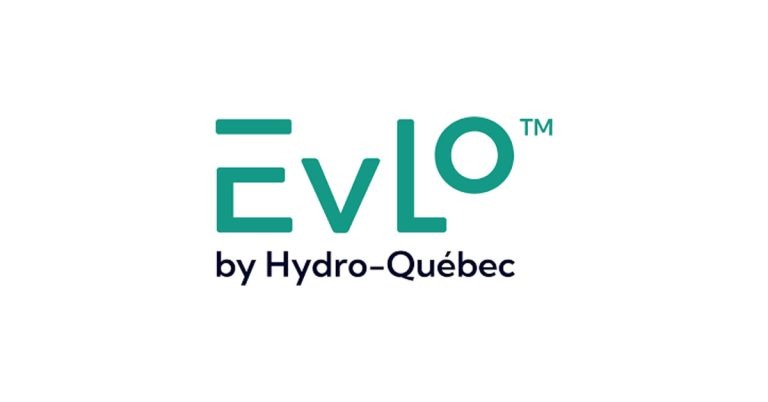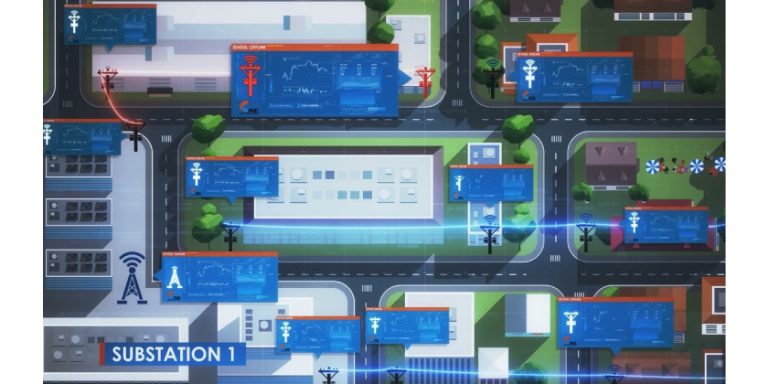Reservoir Filling Begins on BC Hydro’s Site C Project

September 9, 2024
BC Hydro has begun safely filling the Site C reservoir following the completion of all necessary construction areas of the project. Filling the reservoir is one of the last steps in building the Site C project and allows the generating station, spillways, turbines and generators to come into operation.
It will take about two to four months to fill the Site C reservoir, with water levels rising between 30 centimetres and three metres a day. The Site C reservoir will be 83-kilometres long, cover about 5,550 hectares of land, and will have a total surface area of approximately 9,330 hectares. In comparison, the reservoir will be about five per cent the size of the Williston Reservoir.

Members of the public are being strongly urged to stay out of the reservoir area during filling and for at least one year after. This is due to potential hazards on the reservoir, such as the surrounding land continuing to stabilize and floating vegetation debris. BC Hydro has installed comprehensive warning and danger signs throughout the reservoir area to support public safety. A notification will be issued when the public can access the reservoir again.
During reservoir filling, existing boat launches along the reservoir will be closed. Experts will monitor reservoir conditions over the first year of operations. BC Hydro’s boat launches will be open to the public again when it’s determined to be safe. BC Hydro will provide updates on the status of reservoir filling on the Site C website.
Engagement and mitigation measures
BC Hydro has been working with local communities and First Nations to prepare for the impact of reservoir filling, through engagement activities such as open houses, field tours, commemoration opportunities, and providing community support. BC Hydro is also collaborating with local First Nations on the development of a cultural centre in the Peace region.
Less than one per cent of the Class 1 to 5 agricultural land in the Peace Agricultural Region will be affected by building Site C, including the reservoir area. BC Hydro has established a $20 million Peace Agricultural Compensation Fund to support local agricultural production, programs and projects.
BC Hydro has also taken comprehensive measures to mitigate potential impacts on wildlife in the reservoir area. This includes removing vegetation from the reservoir area, while building wetlands, fish habitat and wildlife den structures. In addition, starting reservoir filling in late summer is the least impactful period for wildlife, as it falls in between bird nesting and winter denning.
Drought will not impact reservoir filling
While BC Hydro continues to actively manage the current provincial drought, water conditions will not impact filling of the Site C reservoir. Water to fill the Site C reservoir will come from the Williston Reservoir upstream, after it is used to generate electricity at both the GM Shrum and Peace Canyon generating stations.
The amount of water required to fill Site C’s reservoir is many times less than the annual discharge from the upstream Williston Reservoir, even under a drought year. In addition, downstream water flows from Site C will be within BC Hydro’s normal operating range and similar to levels over the past couple of years.
Facts
• The Site C project is a third dam and hydroelectric generating station on the Peace River in northeast B.C.
• Construction on the Site C project began in July 2015 and is more than 85 per cent complete.
• The first generating unit is scheduled to come into service in December 2024, and the project remains on track to have all six generating units in service in fall 2025.
• The Site C project is on track to be completed within the budget that was approved in 2021.
• Site C will provide 1,100 megawatts of capacity and produce about 5,100 gigawatt hours of electricity each year, adding about eight per cent more supply to British Columbia’s electricity grid.
• When fully in service, Site C will provide enough clean electricity to reliably power nearly 500,000 homes, or 1.7 million electric vehicles.






